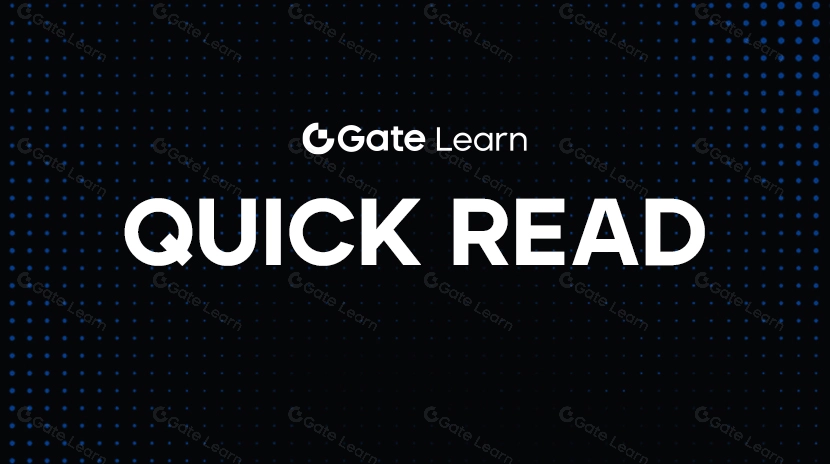Dự Đoán Giá Axelar: Phân Tích Xu Hướng Tương Lai và Triển Vọng
Giới thiệu
Là một nền tảng tương tác blockchain hàng đầu, Mạng lưới Axelar cam kết đạt được sự kết nối mượt mà giữa các blockchain khác nhau. AXL là mã thông báo bản địa của nền tảng, và khi nền tảng tiếp tục nâng cấp và mở rộng, nhiều nhà đầu tư quan tâm đến hiệu suất giá trong tương lai. Bài viết này sẽ tập trung vào dự đoán giá Axelar, phân tích các yếu tố chính ảnh hưởng đến xu hướng giá của nó, và cung cấp dự báo giá cho năm 2025.
Giá trị cốt lõi và vai trò của Axelar
Axelar cung cấp một giao thức tương tác xuyên chuỗi phi tập trung cho phép trao đổi tài sản và thông tin hiệu quả và liền mạch giữa các chuỗi khối khác nhau. Mục tiêu chính của Axelar là loại bỏ rào cản giữa các chuỗi khối khác nhau, hỗ trợ các hoạt động chéo chuỗi ứng dụng phi tập trung (dApp), và cung cấp cho các nhà phát triển và người dùng các chức năng chéo chuỗi tiện lợi. Với việc ra mắt bản nâng cấp 'Cobalt', chức năng và kinh tế token của Axelar được củng cố thêm, điều này có tác động sâu sắc đến giá trị và hiệu suất tương lai của token AXL.

Hình ảnh:https://www.axelar.network/
Yếu tố chính ảnh hưởng đến giá của Axelar
Tác động của Bản nâng cấp Cobalt
Bản nâng cấp 'Cobalt' mới của Axelar đã giới thiệu một thay đổi quan trọng: cơ chế đốt phí. Theo mô hình mới này, 98% phí giao dịch trên mạng lưới Axelar được gửi đến địa chỉ đốt cháy, trong khi 2% còn lại được phân bổ cho các đề xuất cộng đồng và hồ bơi phần thưởng. Bằng cách giảm nguồn cung lưu hành của token AXL, bản nâng cấp Cobalt có thể tiềm năng đẩy AXL vào trạng thái thiếu hụt, đẩy giá lên.
Mở rộng Kết nối Blockchain
Dự đoán giá của Axelar chặt chẽ liên quan đến việc mở rộng kết nối blockchain của mình. Hiện tại, Axelar đã tích hợp thành công với các blockchain lớn như Solana, XRP Ledger và TON, với kế hoạch kết nối với nhiều blockchain và mạng Layer 2 (L2) hơn trong những tháng sắp tới. Khi các blockchain mới tích hợp với Axelar, tiện ích của mạng sẽ mở rộng, tăng cầu cho token AXL và có thể tăng giá của nó.
Cơ chế đốt phí và Hồ Bơi Phần Thưởng
Ngoài việc nâng cấp Cobalt, Axelar đã tổ chức lại hồ bơi phần thưởng của mình. Trước đây, mạng lưới phụ thuộc vào phí giao dịch để thưởng cho các máy chủ xác minh. Dưới hệ thống mới, nguồn cung AXL hiện tại được sử dụng để khuyến khích các máy chủ xác minh, dự kiến sẽ tăng giá trị lâu dài của AXL. Khi các chuỗi khối mới tham gia Axelar, nhu cầu về token AXL sẽ tăng, trong khi cơ chế đốt tiếp tục giảm nguồn cung, tạo ra sự hỗ trợ giá.
Xu hướng thị trường và yếu tố bên ngoài
Xu hướng phát triển tổng thể của ngành công nghiệp blockchain có tác động đáng kể đến giá của Axelar. Với sự phổ biến ngày càng tăng của tài chính phi tập trung (DeFi) và giao thức cross-chain, Axelar, là một giao thức cross-chain hàng đầu, sẽ được hưởng lợi từ đó. Tuy nhiên, biến động tổng thể của thị trường, chính sách quản lý và hiệu suất của các nền tảng cạnh tranh cũng có thể ảnh hưởng đến giá của mã thông báo AXL. Ví dụ, sự cạnh tranh từ các giải pháp cross-chain như Cosmos và Polkadot có thể ảnh hưởng đến thị phần của Axelar, từ đó ảnh hưởng đến giá của mã thông báo của nó.
Phân tích Kinh tế Token Axelar (AXL): Tác động của Bản nâng cấp Cobalt
Axelar Network là một giao thức tương tác chéo hàng đầu dành cho việc kết nối mạng lưới blockchain khác nhau một cách liền mạch. AXL, là token bản địa của nó, đóng vai trò quan trọng như thanh toán phí gas, thưởng cho các validators và duy trì an ninh mạng lưới. Vào tháng 2 năm 2025, Axelar đã trải qua bản nâng cấp Cobalt, giới thiệu một loạt cơ chế kinh tế mới cho token để tối ưu hóa hơn nữa vòng quay và các trường hợp sử dụng của AXL.

Hình ảnh:https://www.axelar.network/blog/cobalt-tokenomics-upgrade
1. Nâng cấp Cobalt AXL Tokenomics sau
Sau bản nâng cấp Cobalt, tokenomics của AXL xoay quanh ba khía cạnh chính:
(1) Thanh toán Phí Gas
Người dùng phải thanh toán AXL như là phí gas cho giao dịch qua mạng Axelar. Một phần của các phí AXL này sẽ bị đốt cháy, giảm nguồn cung lưu hành và tạo ra hiệu ứng phòng tham hóa.
(2) New Blockchain Onboarding
Khi các chuỗi khối mới tích hợp với Axelar, họ phải mua và khóa token AXL trong Amplifier Reward Pool để có quyền truy cập vào mạng lưới. Cơ chế này đảm bảo rằng các tích hợp mới đóng góp vào nhu cầu và tăng giá của AXL.
(3) Phân phối hồ bơi phần thưởng bộ khuếch đại
Các token AXL trong hồ bơi phần thưởng được phân phối cho các Interchain Verifiers, người bảo vệ và xác minh các giao dịch giữa các chuỗi khối mới và Axelar. Điều này khuyến khích phân cấp và an ninh mạng trong khi giảm lưu thông thị trường của AXL.
2. Tác động của bản nâng cấp Cobalt đối với giá AXL
Một số yếu tố chính ảnh hưởng đến giá AXL sau nâng cấp Cobalt:
(1) Cung Cấp Giảm (Áp Lực Giảm Giá)
- Vì một phần của phí gas AXL được đốt cháy, nguồn cung của token sẽ dần giảm theo thời gian, tiềm năng đẩy giá lên cao hơn.
(2) Tăng nhu cầu
- Các chuỗi khối mới tích hợp với Axelar phải mua và khóa AXL, tăng cầu cảnh tranh trên thị trường.
- Sự phát triển của giao dịch qua chuỗi cũng có nghĩa là có nhiều AXL được sử dụng để thanh toán phí gas, làm tăng nhu cầu.
(3) Tăng cường Động viên cho Người xác minh
- Validators kiếm phần thưởng bằng cách đặt cược AXL, giúp tăng tỷ lệ đặt cược của AXL, giảm nguồn cung lưu hành trên thị trường và hỗ trợ giá.
Phân tích dự đoán giá Axelar
Dựa trên dự báo mô hình tiên tri phân tích dữ liệu trong 100 ngày qua, giá của WAXL dự kiến sẽ dao động xung quanh $0.40 vào tháng 5. (Dự đoán này không phải là lời khuyên tài chính. Nhà đầu tư nên đánh giá các rủi ro trước khi đưa ra quyết định đầu tư.)

Những rủi ro mà nhà đầu tư nên cân nhắc
Mặc dù tương lai của Axelar trông rất hứa hẹn, nhà đầu tư cần nhận thức về những rủi ro sau:
Biến động thị trường: Sự biến động cao của thị trường tiền điện tử có thể dẫn đến những biến động đáng kể trong giá AXL trong thời gian ngắn.
Áp lực cạnh tranh: Các dự án như Cosmos và Polkadot cạnh tranh trong lĩnh vực tương tác qua chuỗi có thể đe dọa thị phần của Axelar.
Sự không chắc chắn về quy định: Các chính phủ trên khắp thế giới có thể đưa ra các chính sách quản lý tiền điện tử mới, có thể ảnh hưởng đến hoạt động của Axelar và nhu cầu về token AXL.
Kết luận
Tóm lại, Axelar, với vai trò là giao thức phi tập trung qua chuỗi, sở hữu tiềm năng phát triển mạnh mẽ trong những năm tới nhờ vào những lợi thế về công nghệ và cải thiện về tokenomics. Bản nâng cấp “Cobalt” đã giảm nguồn cung lưu hành của AXL trong khi tăng nhu cầu, điều này có thể đẩy giá lên. Tuy nhiên, sự cạnh tranh từ các dự án khác và sự không chắc chắn về quy định vẫn là những rủi ro chính. Nhà đầu tư nên cân nhắc kỹ những yếu tố này và điều chỉnh quyết định đầu tư của họ theo khả năng chịu đựng rủi ro của mình.
Bài viết liên quan
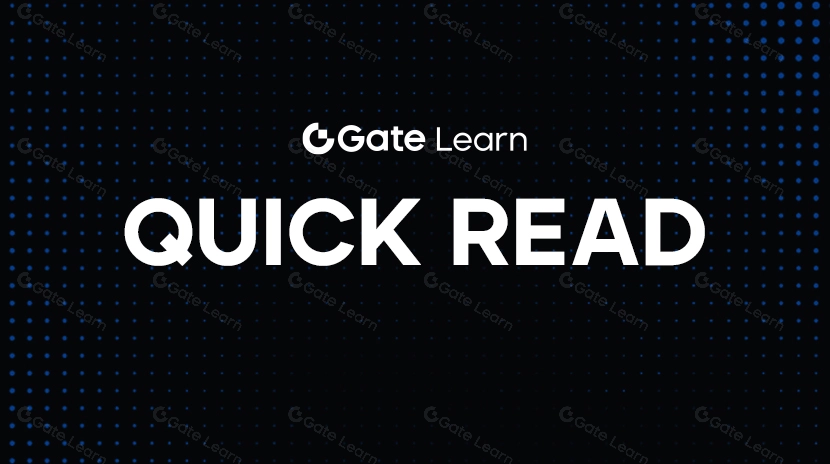
Hướng dẫn Xác minh KYC Pi Coin: Làm thế nào để vượt qua nhanh chóng
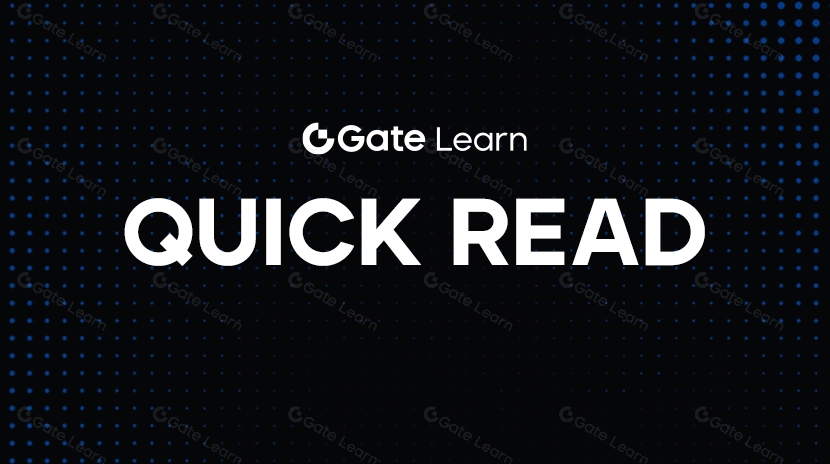
Dự đoán giá Solana năm 2025: SOL có thể đi lên cao đến đâu?
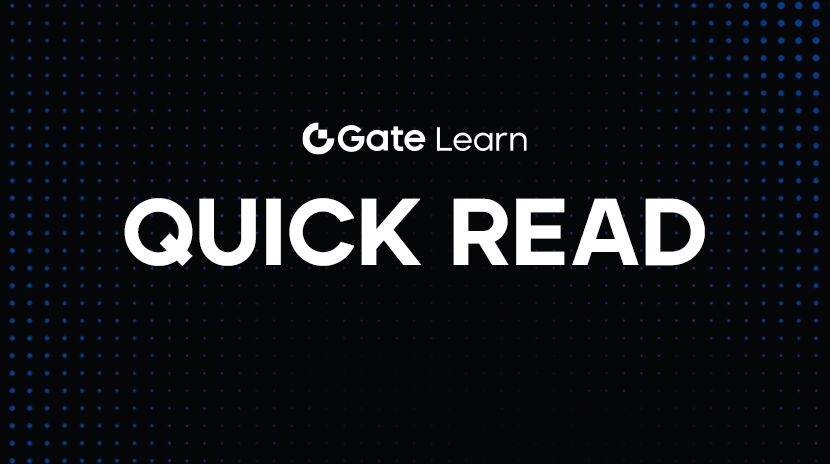
Những diễn biến mới nhất của Cardano (ADA)
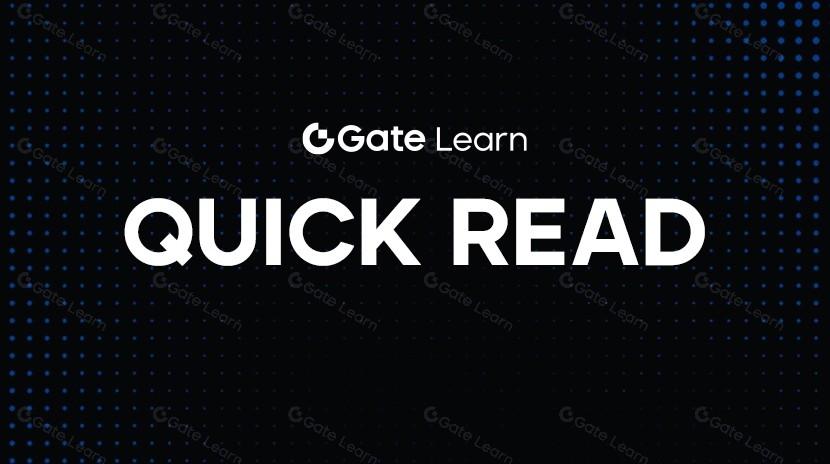
Hiểu về đồng tiền Baby Doge trong một bài viết
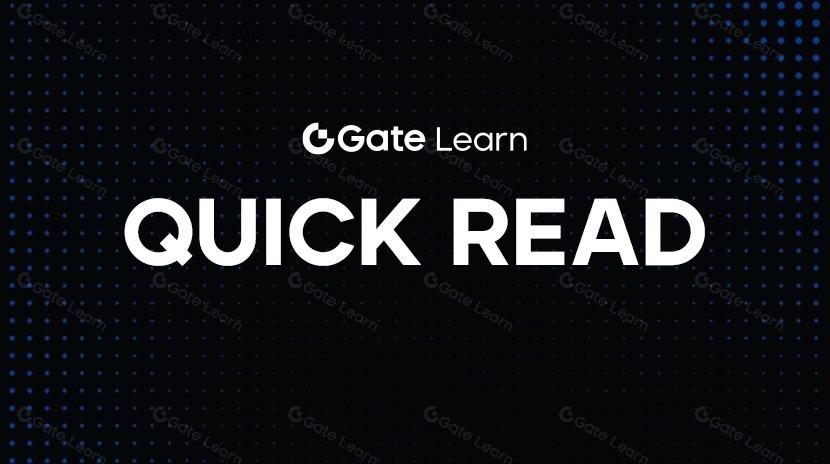
Giá trị PI Crypto: Ra mắt Mạng chính vào ngày 20 tháng 2 năm 2025 & Dự đoán giá trong tương lai
